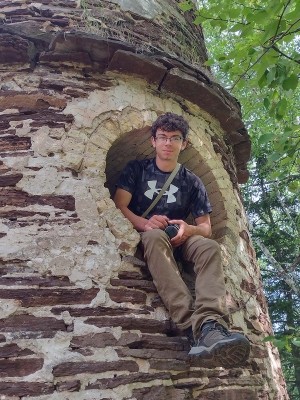
Sam Cox has always been drawn to the woods near his family’s large grain farm. When the 17-year-old is not completing school work, competing with his robotics team, or helping on the farm, Sam is usually in the woods, exploring, learning, and taking photographs of what he sees there. He recently self-published a magazine filled with his wildlife images and writing, and he’s looking forward to entering college next year and pursuing a career in the natural resources field.
I’ve lived on our family grain farm in northwest Ohio since I was 3. My grandpa and his dad and uncle built the house that I live in now. My dad grew up here, and my family moved into the house when my grandparents moved off the farm to their own house, just half a mile down the road. We farm about 1,400 acres, and we grow corn, soybeans, and wheat. I have two younger brothers, and we help with the farm a lot. We drive machinery and haul grain and just do whatever is needed.
We’re homeschooled, and that helps a lot with the farming schedule. We could be sitting at the table doing school, and Dad will come in and need a ride to a field, and we can do that. I like being homeschooled, because I can do things on my own time. I can get up at 5 o’clock and go photograph birds in the wetlands and get home at 10 o’clock and make up the school work. I can help Dad on the farm. And it’s a lot more time efficient being able to work at my own pace. I’m taking different college classes, trying to complete all of the ones I can do online. And this year I’m taking an agribusiness class at the local high school.
We have around 75 acres of woods, and I just walk in the woods all the time, and if I find something new, I’ll bring it home or take pictures and look it up and find out what I can about it. When I was younger, before I had my driver’s license, I could take the gator or 4-wheeler down the road and be in the woods for hours at a time. I’d build forts and walk around and find things. That’s where my connection with the woods started, and now I’m planning to pursue a career in wildlife management or forestry.
I started collecting things when I was 7 and I found a raccoon skeleton in our woodshed. My first collection was laid out on a card table in our living room. Then I had too much to fit there, and my mom did not want me dragging any more dead things into the house. My collections – rocks, skeletons, shark teeth from Florida, antlers – moved to a little garden shed next to our house, but that got completely full, so we sectioned off a part of our shed. That’s where I keep my collections now, the stuff I’ve found while walking in the woods, and also on our vacations. Everything is labeled and has a little tag with what it is, where I found it, and an identification number so I can find it all. I have it all written down in notebooks. I still collect, but I’m more into photography now.
My interest in photography really started about two or three years ago. Our family goes on lots of trips all over the U.S. My neighbor had given me an old camera, and I started trying to record all of the things I’d see on the trips so I could remember it. And it just kept growing from there. When you slow down and look around, you can see all kinds of things. I’d see cool things in the woods that no one in my area knows about. So I’m trying to photograph them and allow other people to see the things that I’m finding out in the woods. The photography goes everywhere with me. I always have a camera with me. That ties everything else together.
I really like taking pictures of birds. Last spring, I found a red-tailed hawk nest. I caught the tail end of their nesting season. And this spring I went back and was looking at the nest, and I saw what looked like an ear sticking out of it. It was a great horned owl. So, this great horned owl had claimed this hawk’s nest, and I got to watch the hatchling owls grow. That was probably one of the coolest things I’ve seen recently. I am part of the Ohio Young Birders Club. We meet about once a month and go on different birding trips and give presentations at local libraries. We’re currently raising funds for a trip to the U.P. this winter to look for snowy owls. We are also planning different service projects in our area such as making signs for a hiking trail near us and making bird nesting boxes.
I’m mostly self-taught. I tried taking a college photography class, but I did not like it at all. They made me sit inside in a studio and take pictures of people with all this special lighting. That’s not the type of photography I do. I want to be outside, photographing nature. I watch YouTube videos if there’s a certain camera function I want to learn more about. Mostly it’s just getting out, experimenting, making mistakes, seeing what I can do to fix those mistakes.
Trail cameras are another way I watch and observe wildlife. There’s a wildlife area near us that has a lot of wetlands. I set up a trail camera in it, and I found a juvenile little blue heron, which is not supposed to be here. They’re supposed to be in Florida. I was able to go back and photograph it and get some awesome pictures of it. Trail cameras allow me to find things I didn’t know we had here. Another example is weasels. Now that I know where to look for them, I’ve gotten a weasel on a game camera a few times. The first one, I had the camera set up for something else, and this little weasel ran across. I’d never seen a weasel here before. I like trail cameras just to see what’s happening when I’m not there in the woods.
We do have people who hunt our land. But that’s not something I do. I have trail cameras set out, and I’ll watch the deer on our property and go shed hunting. I am fascinated by antlers. I can’t really explain it. The biggest shed I ever found was a 4-point side from an 8-point buck. It was the first time I ever went into the woods specifically looking for sheds. About 30 seconds after I got into the woods, I almost stepped on it. I’ve found a total of about 15 in the past two years. Around here, it’s all patches of woods, and the biggest patch might be 50 to 75 acres. These are connected by fencerows and lots of cornfields. So the deer are all concentrated in the woods. I use trail cameras to track the deer throughout the seasons. It’s really cool having pictures of deer on trail cameras and then finding antlers – just being able to put that picture and the antler together.
I’m also involved in FFA and 4-H. In 4-H, you can do self-determined projects. You basically make your own project and present it to the judges. I did one on cleaning and articulating animal skeletons. The raccoon skeleton I found when I was 7, I ended up just gluing the whole skeleton onto a board. Then I found a calf skeleton in the woods, and I cleaned that up and started gluing and wiring the pieces together. I had a few reference books I was using. I’ve done the calf, opossum, raccoon, guinea pig, and a turkey.
Two years ago, I did a wildlife photography self-determined project. Last year I expanded that project and started a magazine. It was going to be four different magazines per year – for each of the seasons – about 20 pages each. That was going to cost too much to print it, so I decided to put it all together. I kept writing and kept taking pictures, and it ended up being about 160 pages. I’ve sold about 50 copies, just to family and friends. I sell the magazine through my Facebook page, and I also have an Instagram page for my photos and a YouTube channel with wildlife videos. I’m in the process of setting up a website. I really like connecting to people through the pictures. I don’t want all of the pictures just sitting on a hard drive on my computer. I want to be able to share those things and show them to other people. It’s the same thing with the magazine – telling the stories about the things I see.
Three years ago, I started going to a wildlife and forestry camp – Camp Canopy – every year. The camp teaches you about wildlife and forestry for a week. That’s my kind of summer camp. The main classes are dendrology, silviculture, wildlife management. They offer those every year, but they change up the other classes. This past year they had forest fungi, ancient Ohioans, and the Ohio Department of Natural Resources came in with one of their dogs and did a demonstration. None of this is in a classroom – it’s all out in the woods. It’s very hands on, and you can ask questions, and you get to meet all these other kids who are into wildlife and forestry.
There are a lot of instructors who are very specialized in their field and the classes that they teach. If you have a question after a class, you can just go find that instructor and talk to them. That was really cool to me – to be able to make those connections. I think that’s going to be really important when I get out of college and I’m trying to find a job – I know all of these professionals in wildlife and forestry. I’m planning to go to Hocking College next year. At the end of the session at Camp Canopy, there’s a 60-question test, and you have to identify 20 trees. They give out 10 scholarships to the top scorers. I’ve been there three years, and every year I’ve gotten a scholarship to Hocking College.
One of my favorite places to go is Medicine Bow National Forest in Wyoming, which I visited on a youth trip with our church. When we were setting up our camp there, I saw this track that was a little bit bigger than my hand. It looked like a moose track, and sure enough, every morning we would have moose walking through our campsite. That was really awesome. The biggest animal we have where I live are white tailed deer, and coyotes would be the biggest predator. Bobcats are making a comeback. I wish we had more of a variety of wildlife species. But that’s also made me slow down and look for the things that we do have.


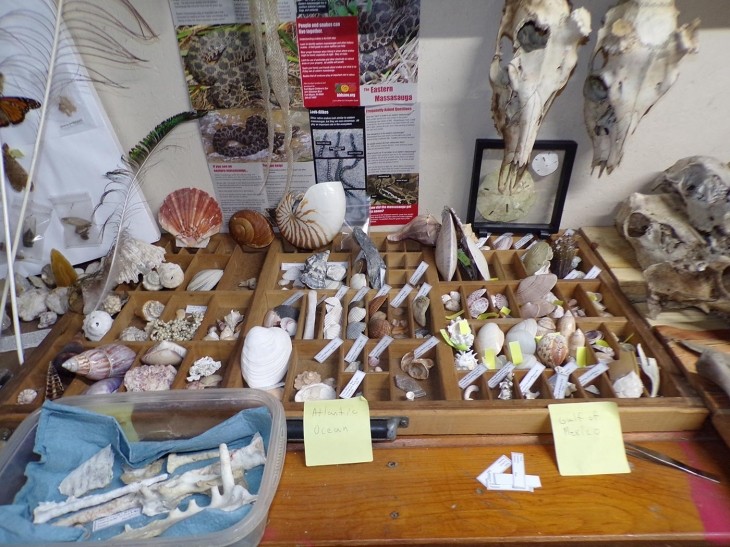
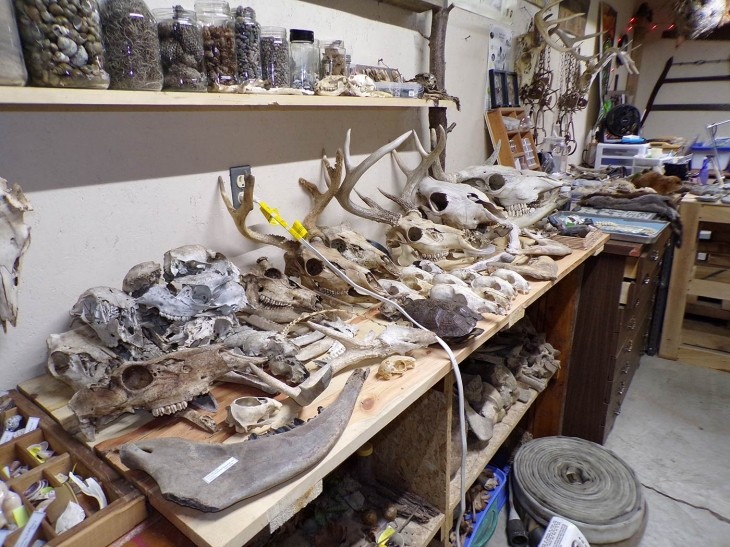
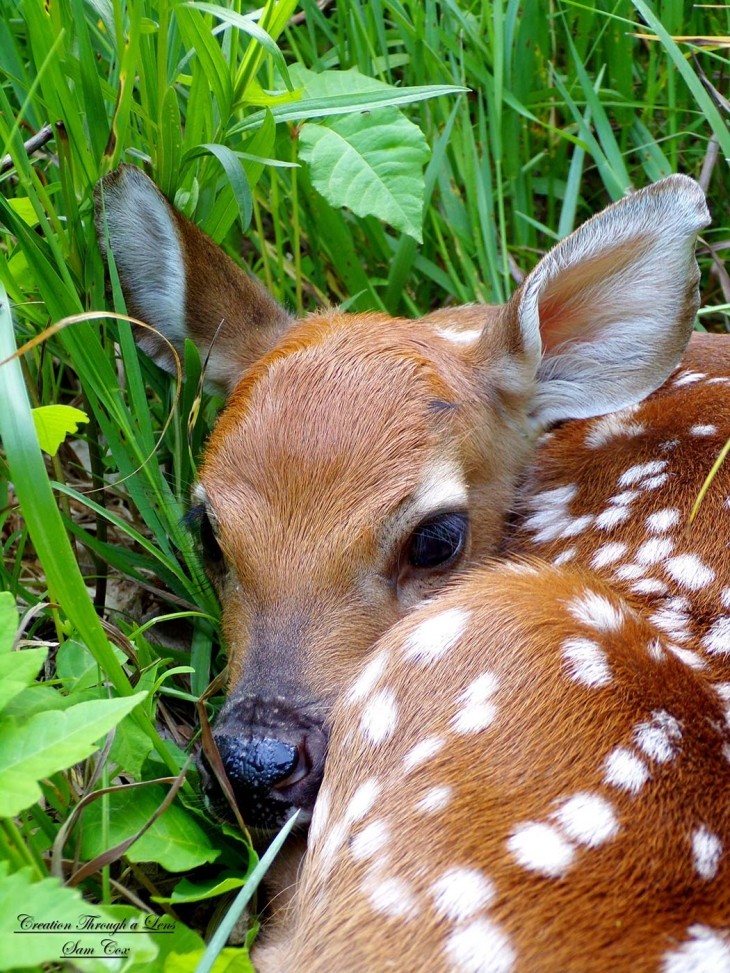
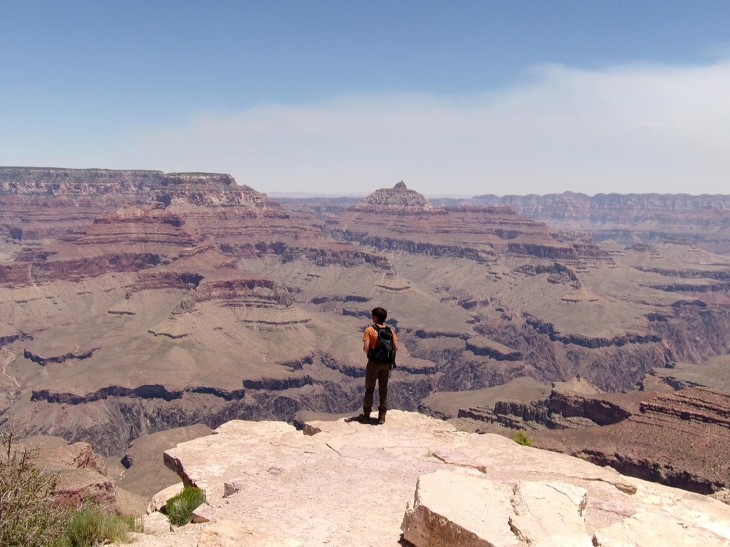
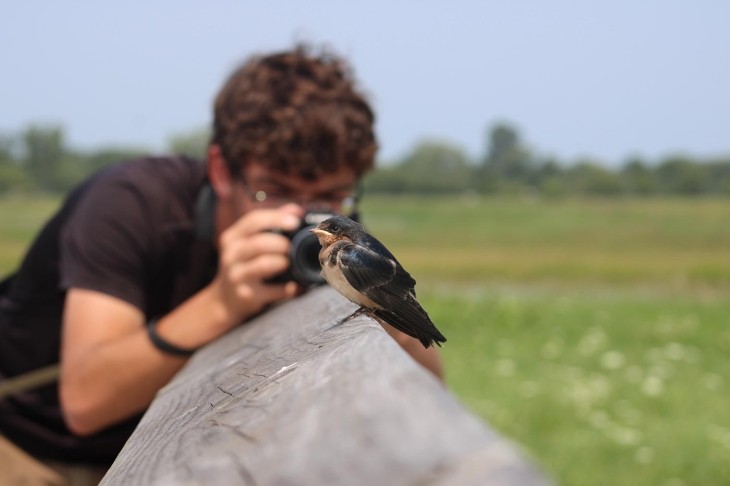
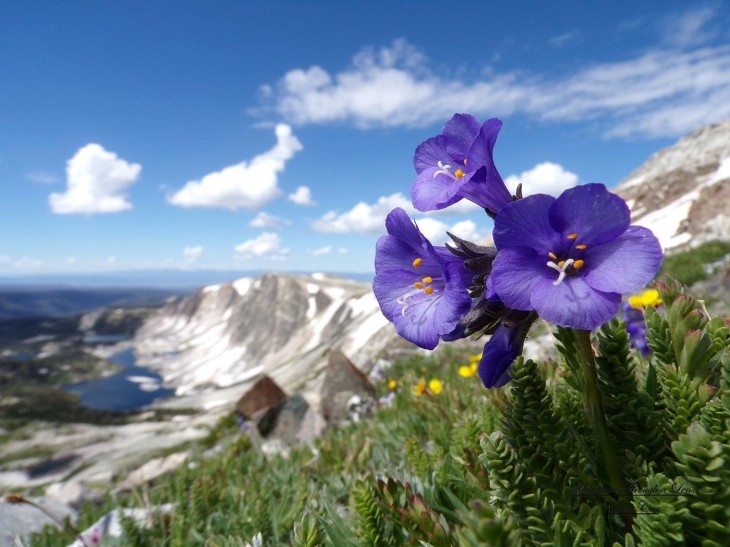
Discussion *